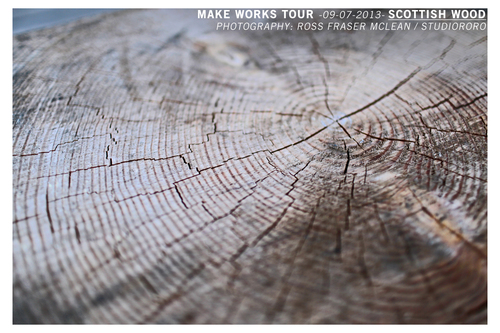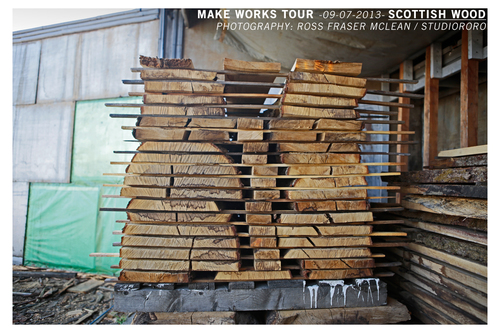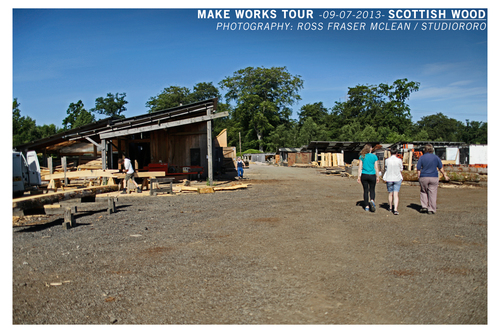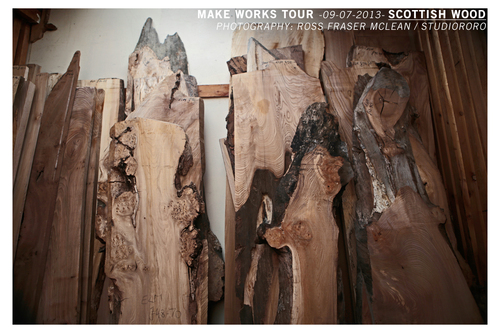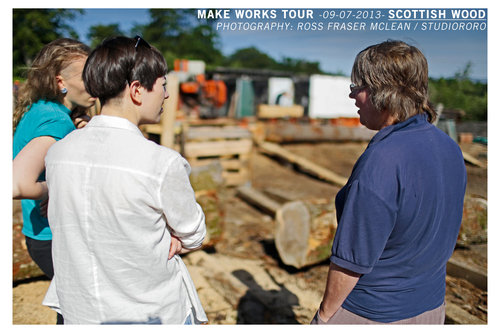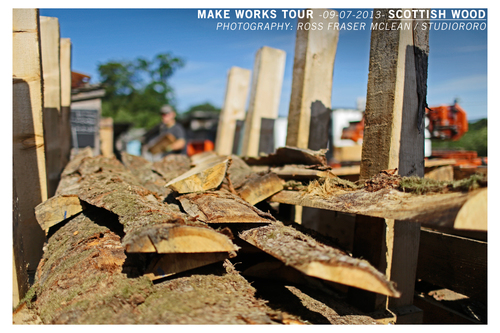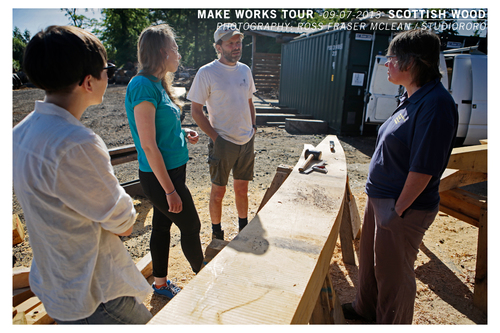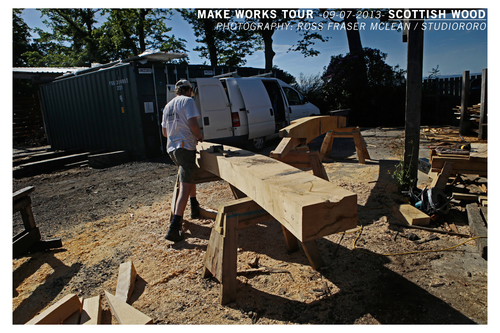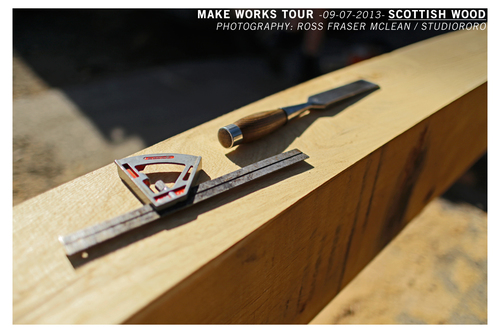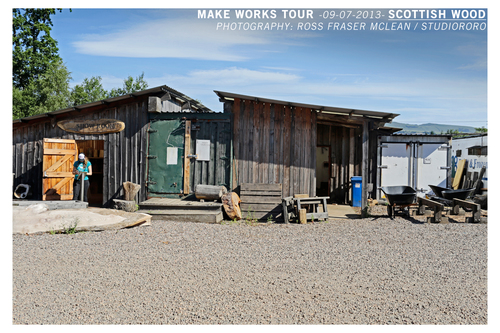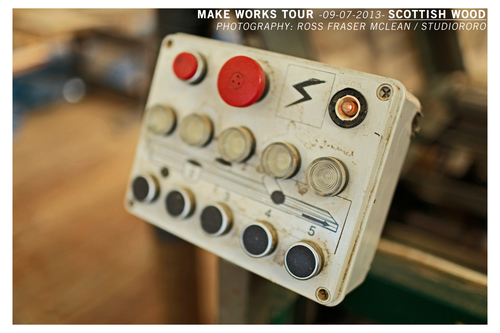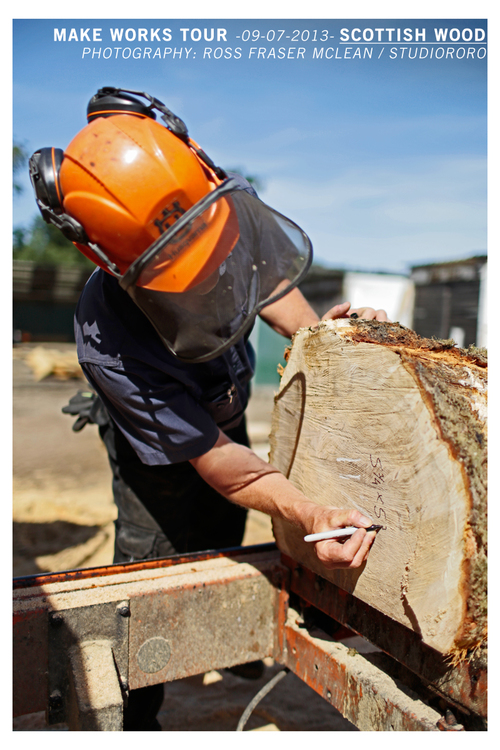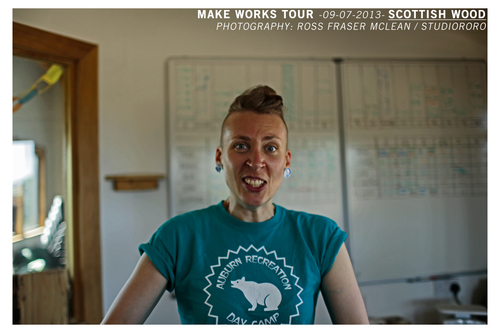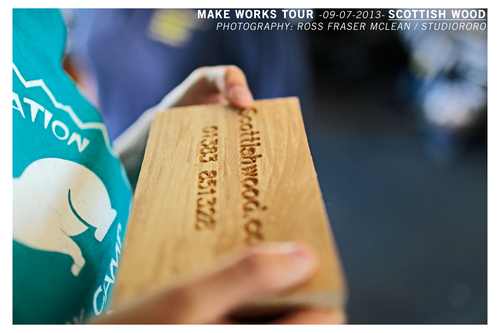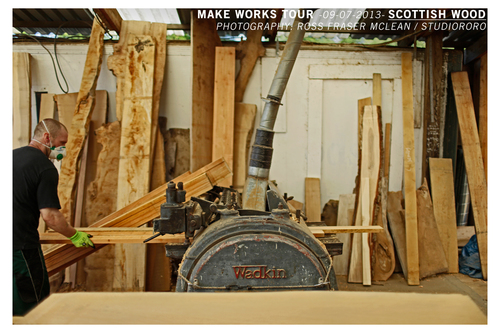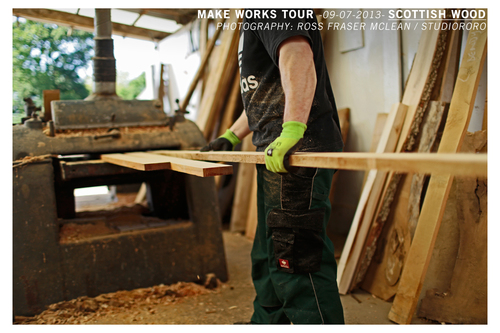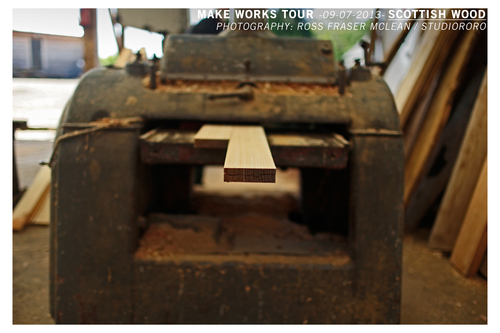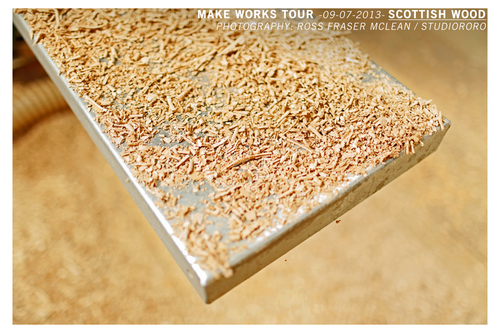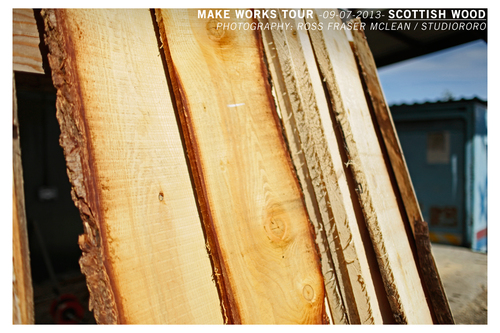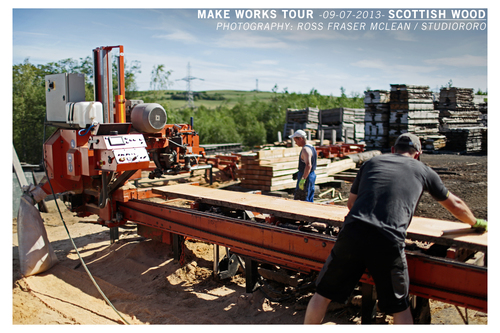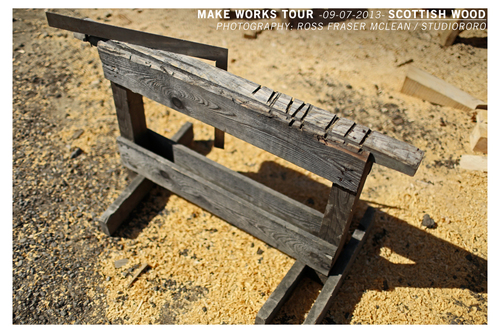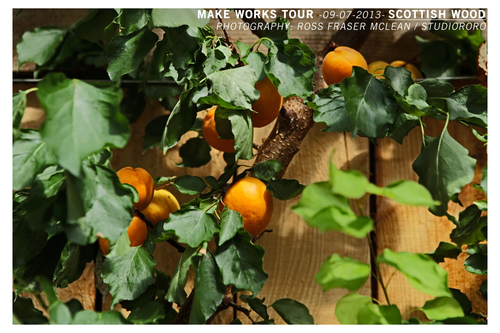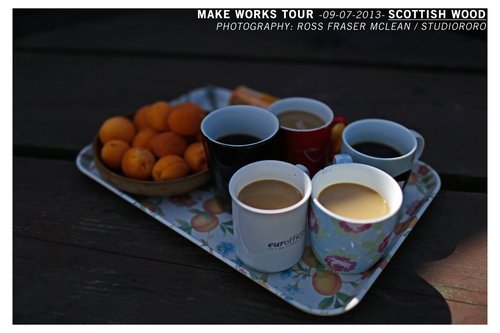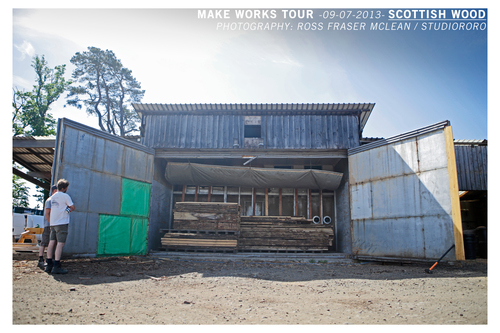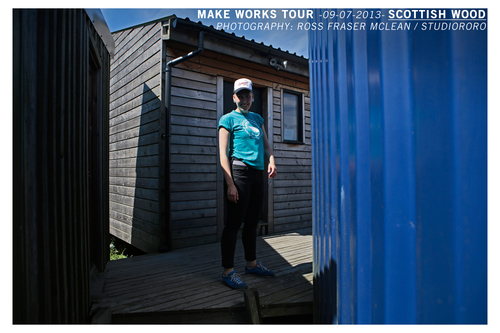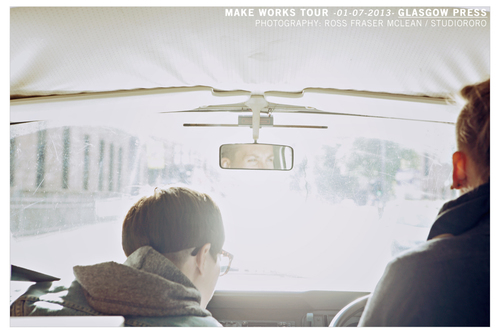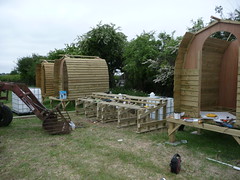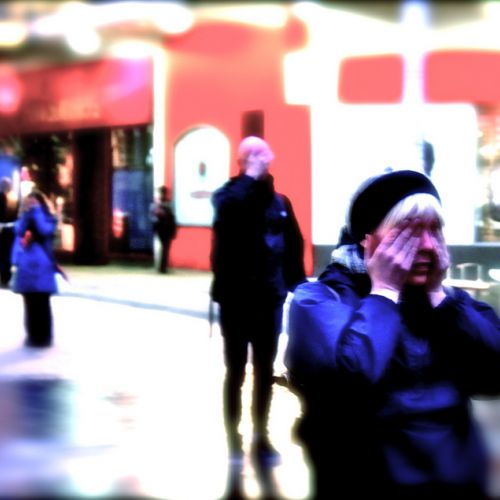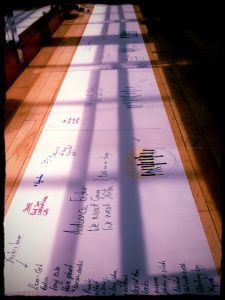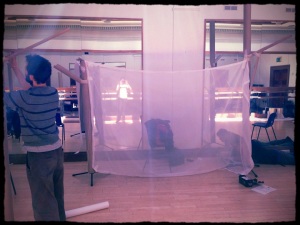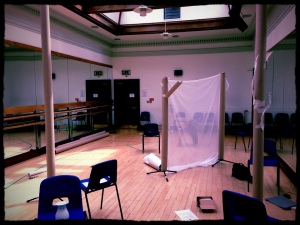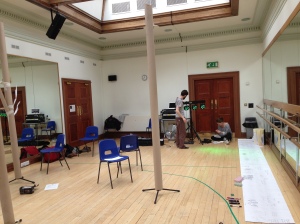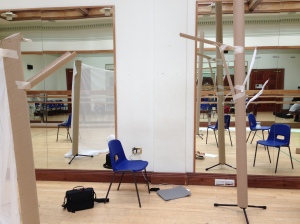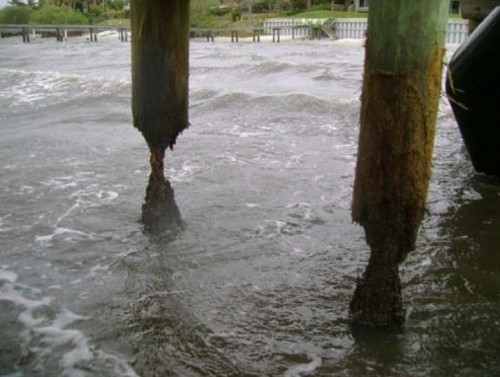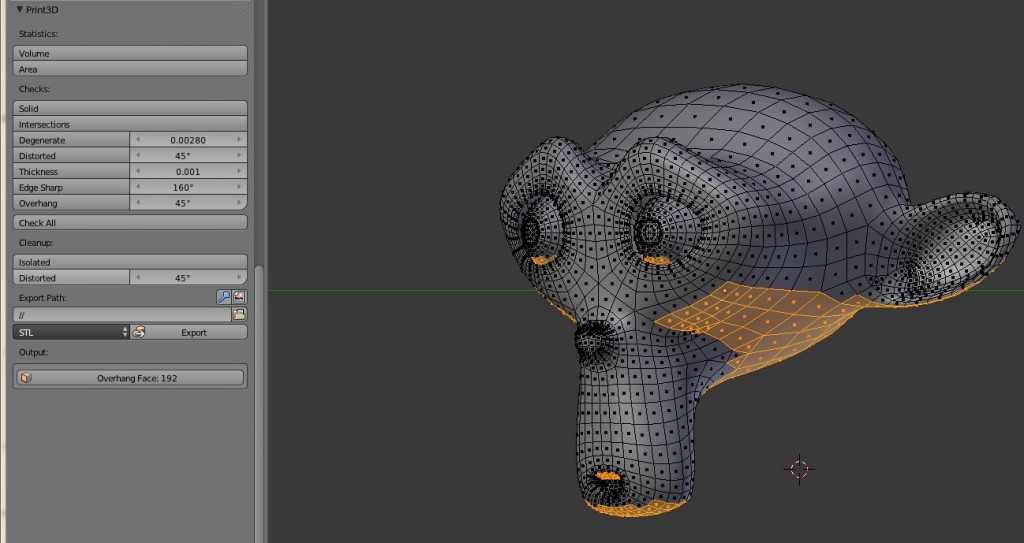Eleven months ago I was standing on the Khunjerab Pass between Pakistan and China – the highest international border crossing in the world. It was bright and sunny, but bitterly cold, and within minutes Michael and I had lost the warm glow we’d earned on the way up and were shivering helplessly. So we truncated the lengthy photo-session and celebratory picnic we’d both secretly been anticipating (I didn’t even remember to get a shot of me on my own up there, but I guess it’s not really important) and headed back down the hill to Koksil, where the border police were waiting to welcome us with chicken curry and smuggled beer.
There wasn’t much up there anyway. Just snow, wind, blue sky, a gigantic, incongruous border gate (with one miserable border guard, who followed us back into Pakistan on his motorbike once he’d established we weren’t going to sneak into China) and a large plaque eulogizing (in English and at some length) the bravery and resilience of the Pakistani soldiers who’d braved “the bone chilling winds, lack of oxygen and sudden drop of temperatures” to build the Karakorum Highway.
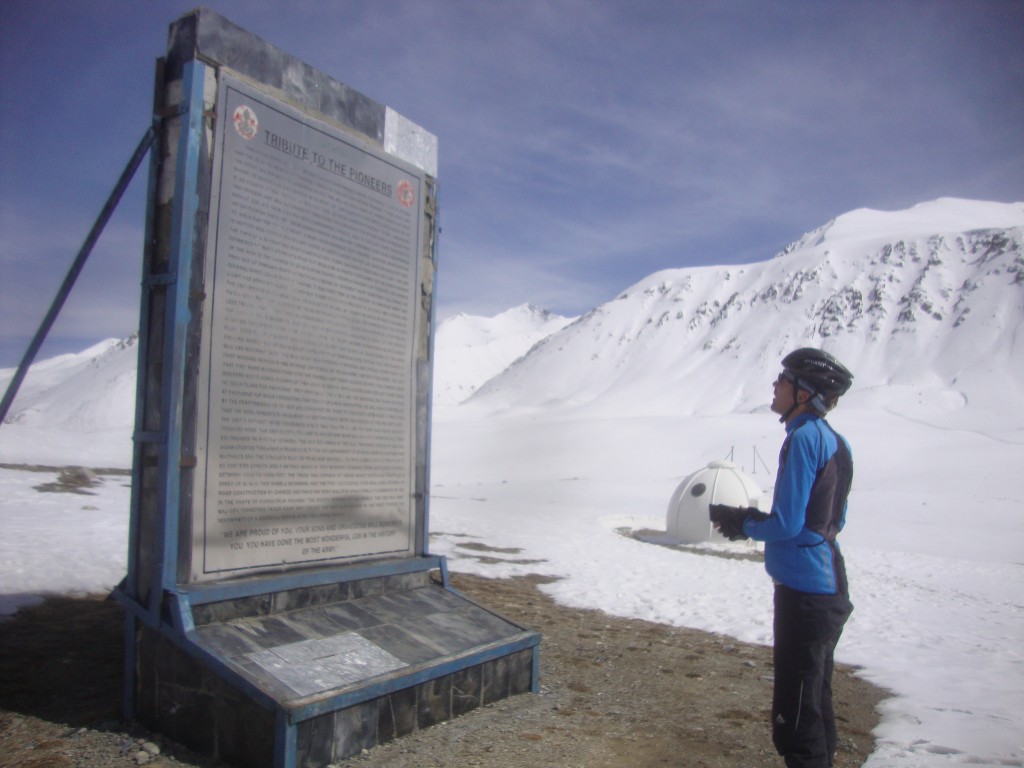
We are proud of you. Your sons and grandsons will remember you. You have done the most wonderful job in the history of the army.
What the plaque doesn’t mention is that almost 1,000 workers died building the Highway – over 800 of them Pakistani. That’s roughly one Pakistani death for every mile of the road. They were killed by landslides and industrial accidents – and, judging from the condition of the remaining road-building camps I passed on my way north, a few of them were probably also despatched by disease, and the -30°C temperatures of which the Khunjerab plaque boasts.
When these deaths are mentioned, the tone is more of respect than of regret. Sometimes there’s even a hint of boastfulness. It would be easy enough to recast and mourn these men as victims of slave labour and, to reimagine the KKH as a lesser Road Of Bones. But instead we’re more inclined to think of it as a symbol of Pakistan’s ever-tightening commercial and political alignment with China, or simply a testament to the ingenuity, tenacity and sacrifice of human beings, and their desire both to overcome and to celebrate the landscape they live in. Perhaps it is a bit of both, or all three. I, for one, have been inspired and fascinated by this road ever since I first heard of it, and this admiration has never been entirely effaced by the knowledge that so many human lives were sacrificed in building it.
But in loving the KKH despite its bloodiness, I am admitting not only that there are other aspects to the road than the human lives it’s swallowed, but broaching the uneasy suggestion that perhaps this monument of human endeavour might actually be worth all the deaths it caused – that sometimes we focus on what has been achieved rather than what has been lost. I can’t decide whether to consider this appalling or inevitable. For now I’m settling on ‘uncomfortable’.
This has been running through my mind over the last few weeks, as I repeatedly cycle past the junction of Victoria Street and Palace Street, where cyclist Dr Katharine Giles was killed by a left-turning construction lorry on the 8th of April. Since I left in 2011 the area north of Victoria Street has become a massive building site, and what used to be a generous few metres of pavement on this corner has been temporarily reduced to just a couple of feet, hemmed in by scaffolding and site barriers, with pedestrians obliged to shuffle through in polite single file, barely able to pass each other. Wilting bouquets with faded dedications from Giles’ family, friends and colleagues are tied to the scaffolding and stuck into the traffic cones, against the backdrop of a hoarding informing us that ‘our’ new Waitrose is on its way. It’s a rather horrible juxtaposition, when you think about it too hard.
Victoria is undergoing “an unprecedented and long overdue transformation“, according to a 2011 Evening Standard article probably copied from Land Securities’ press release. The corner where Giles died will eventually (by 2015) be overlooked by the Zig Zag Building, which will feature “one hundred luxury apartments, studios and penthouses” along with “amenities and retail offerings [including the long-awaited Waitrose] on the ground and first floors”.
A mile away, on the Southbank, skaters are up in arms over plans to take over the undercroft skate park hailed as the birthplace of British skateboarding, and turn it into retail units. The Southbank Centre’s director of partnership and policy describes the site as “pivotal both physically and financially” and “the most valuable financial part of the site”. A passionate campaign has been launched to save the skatepark, but despite a pacifying consultation and an online petition with over 30,000 signatures to date, one senses that the developers will end up going ahead as they had planned all along. The site will be closed for construction for two and a half years from autumn 2014, during which time there will be no skateboarding at all, and, I’m willing to bet, at least one cyclist will die under the wheels of a construction lorry.
In Dhaka, bodies are still being found in the wreckage of the Rana Plaza factory that killed over 1,000 people when it collapsed last month. The workers had been producing garments for Western retailers like Primark, Matalan and Mango. Some of these might one day have been sold in the Zig Zag Building, had one edifice not ended before the other began.
In Pakistan, men are probably still dying on the permanent construction site that is the Karakorum Highway, and more will die as local workers are recruited to build the expected pipeline down to Gwadar port in Balochistan, which Pakistan has recently sold to China, giving the Chinese strategic access to the Persian Gulf.
Yesterday my brother was passing through London on his way home to Leeds. I escorted him from the underground to Victoria Coach Station and we wheeled my bicycle and his suitcase around the block, looking for a cheap cafe to sit in while we waited for his coach.
“I’m not sure if we’ll find anywhere”, I warned him, as we passed yet another bijou restaurant, cutlery and glassware lined up on thick white tablecloths, waiting for the early evening influx of hedge fund managers, and those clients that nearby Google deems worthy of better fare than its famous free cafeteria has to offer. “As you’ll have spotted, it’s a bit posh round here.”
As I said that we noticed two figures curled up in grimy sleeping bags in a narrow doorway, their feet sticking out onto the pavement. They seemed to be fast asleep, or intent on getting there, even though it was only mid afternoon. Could they be drunk, or on drugs, I wondered? Or perhaps it’s still too cold to sleep rough at night, so they have to make up for it during the day. How different their world must be from that of the hedge fund managers, the construction workers up the road, my brother, heading back up north to his houseshare and his job in marketing. And yet how close they all were. Once again it seemed obscene that such an appalling discrepancy could exist in just a few square metres of London.
But I can’t condemn this wholly, not without seeming a hypocrite. After all, at other times I’ve waxed lyrical about the diversity of London, its contrasts and all of its overlapping people and presences. I love the way the city grows and changes, and I’m deeply complicit in its machinations. And it stands to reason that a place this diverse will have its horrors alongside its joys. More cyclists will die this year – of this we can be sure – and some of them will be killed by the trucks that are ferrying rubble and concrete to and from the sites of tomorrow’s buildings. Colette O’Shea, who’s overseeing the Zig Zag project for Land Securities, claims that, once the building work is done, “Victoria will be a place where people actually want to walk”, and that pedestrians will feel safer. Maybe in the end this is all for the best, and a few lives and livelihoods lost along the way are necessary sacrifices. But I don’t want to think that. And I don’t want to be part of a world where individual people’s lives are disregarded in the pursuit of profit, of progress, and of some unspecified future good.
It’s not only the injustice of it that bothers me. It’s our helplessness.
Creative, the courier company I currently work for, does a lot of work in Soho, and in between jobs the couriers habitually congregate on the corner of Broadwick Street and Poland Street, next to the pump to which the 1854 outbreak of cholera was traced by Dr John Snow, after whom the nearby pub is named. Once or twice a day a walking tour group will stop at the pump, and they’ll look curiously at us as their guide tells them the story of Dr Snow, and we’ll look indifferently back at them. It’s our corner – Creative Corner, or just ‘The Corner’ as it’s known in the business. For years couriers have sat there, eating, smoking (or trying not to), snoozing, gossiping, flirting, ranting, checking out passing talent, judging passing hipsters, complaining about the lack of work, reminiscing about the Good Old Days, or just gazing into the distance. Like any subculture, or any family, we have our own mythology, with all its larger-than-life characters, all its in-jokes, all its endlessly repeated anecdotes.
A current denizen of The Corner is soon-to-be-Dr Jon Day, who wrote this piece a few years ago, pointing out just how much of what appears to be public space is in fact privately owned, meaning that undesirables (like, for example, couriers, skateboarders, rough sleepers, hazardously parked bicycles) can be moved on at a whim. I don’t know who owns Creative Corner, or the building that abuts it. They seem not to mind having a few sweaty couriers sitting around, but there’s no saying that that won’t change at some point. For all we know, next week a policeman or security guard will come around and, politely or otherwise, inform us that our presence is no longer welcome, and please can we find somewhere else to sit. And that would be it. End of an era. Just like when they closed The Foundry.
We’re disposable, it seems. Just like the workers at the Rana Plaza in Bangladesh (nothing will change, really – there will still be factories, and Primark will continue to sell cheap knickers). Just like the scruffy, emaciated Pakistani road workers I cycled past on my way up the KKH, who didn’t have any other jobs to choose from, and the scruffy, emaciated vagrants sleeping in doorways in London’s wealthiest postcodes. Just like the cyclists crushed under the wheels of the construction industry, and the skaters displaced because someone decided their skatepark was ‘financially pivotal’.
My brother and I managed to find one of the few remaining cheap cafes in Victoria, and spent an hour or so ranting about some of the above, catching up on family gossip and speculating optimistically about our future careers; his in film-making, mine in writing. And then I waved him off from the coach station, marvelling, as I always do, at how grubby and down-at-heel it is, with its stray pigeons, plastic seating, kiosks selling cheap samosas and signs warning that ‘pickpockets operate in this area’ – a little haven of non-affluence amongst the mansions of SW1; of people who can’t afford to fly or travel by train, who are carrying packed lunches and won’t be stopping at Starbucks. Fewer business suits; more tracksuits. How has it survived this long? Sure enough, further research reveals that this area too is soon up for regeneration – it will be transformed into an “active city quarter” (whatever that means), and the coach station will be removed “to a more appropriate location”.
Where will it go? Where will we go? And where will we ever be welcome?
